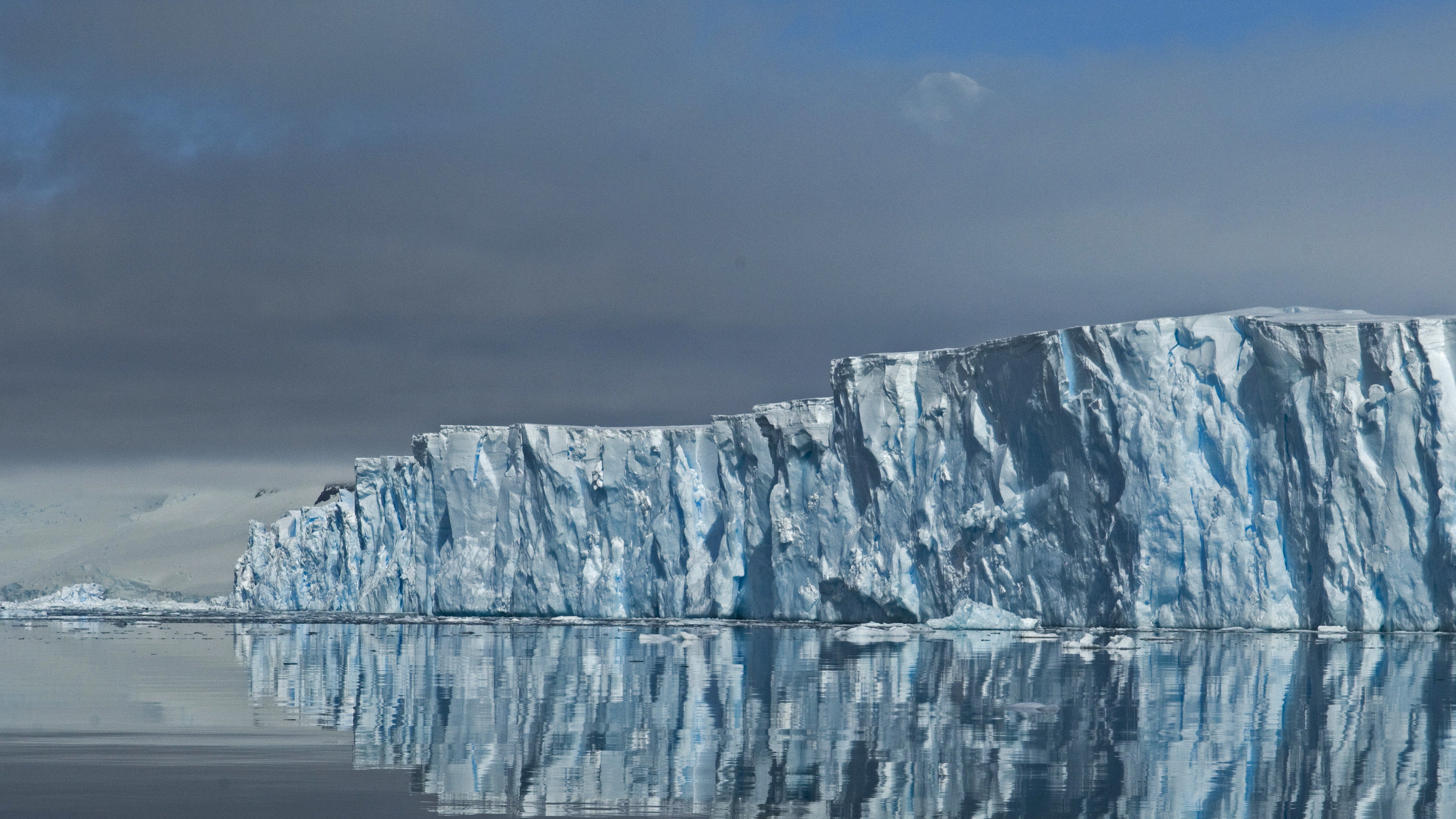Antarctica’s ‘Doomsday Glacier’ shedding ice at fastest rate in 5,000 years
‘Runaway ice loss’ could raise sea levels by over three metres in coming centuries

Two Antarctic glaciers are now losing ice at a faster rate than any time over the past 5,500 years, with "potentially disastrous" implications for sea level rise, new research has found.
The Thwaites Glacier, known as the "Doomsday glacier", due to the grave risk its melting poses to the world, is around the size of Great Britain, and its neighbour, the Pine Island Glacier is only slightly smaller.
The two glaciers form part of the Western Antarctic Ice Sheet, which is being impacted by warming temperatures due to the climate crisis, and are already contributing to global sea level rise.
These glaciers are especially susceptible to rapid melting because they sit on an inland-sloping bed where relatively warm ocean water is able to flow underneath floating, sea-facing parts of the glacier tongues and erode the ice sheet from beneath.
This process can lead to runaway ice loss, the research team from the British Antarctic Survey, Imperial College London and the University of Maine said.
The rapid retreat of these two glaciers could reduce the size of the West Antarctic Ice Sheet, potentially contributing as much as 3.4 metres (11 feet) to global sea level rise over the next several centuries.
Over the last 40 years Thwaites is estimated to have lost around 595 billion tons of ice, contributing to a 4 per cent rise in the world’s sea levels.
The research team used radiocarbon dating of shells from ancient beaches that are now elevated above modern sea level to reconstruct changes in relative sea level over time. This showed exactly where the glaciers were at different points in time.
The results indicated relatively stable glacier behaviour over the past 5,500 years, with no evidence of large-scale glacier retreat or advance.
But that has changed in recent decades.
“Our work suggests that these vulnerable glaciers were relatively stable during the past millennia, yet their current rate of melting is accelerating and raising global sea level,” said co-author Dylan Rood, senior lecturer at Imperial College London.
“These currently elevated rates of ice melting may signal that those vital arteries from the heart of West Antarctic Ice Sheet have burst, leading to accelerating flow into the ocean that is potentially disastrous for future global sea level in a warming world.”
The research also suggested that the glaciers may have been much smaller than they are now in the geologically-recent past – namely, during the mid-Holocene period, an era over 5,000 years ago that was even warmer than the present day.
If the glaciers were smaller at this point, they must have subsequently re-grown, raising the hope that they could do this again in the future.
In December last year scientists suggested the ice shelf holding back the glacier was fracturing and may only last five years, leading to a faster flow of ice into the Southern Ocean.
The research is published in the journal Nature Geoscience.
Join our commenting forum
Join thought-provoking conversations, follow other Independent readers and see their replies
Comments
Bookmark popover
Removed from bookmarks